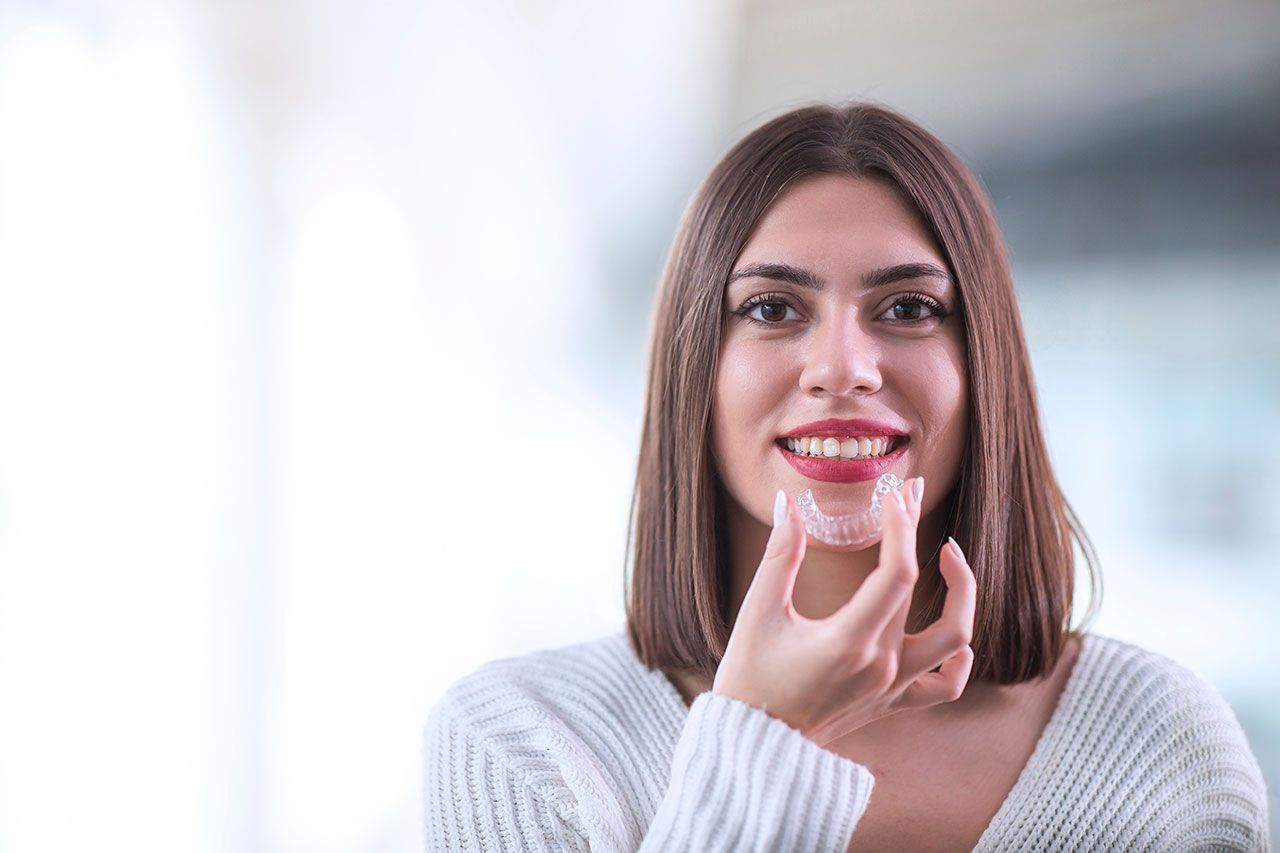Your Path to a Confident Smile
Have you ever taken a bite of your favorite snack and felt a twinge of sensitivity that made you pause and think, “Am I really doing enough for my teeth?” We’ve all had those moments of doubt—especially when life gets busy, and oral health falls to the bottom of our to-do list. But the truth is, investing in your dental care doesn’t just brighten your smile; it helps protect your overall health. At Aria Dental of Annapolis, we believe that everyone deserves a comfortable, confident smile. In this blog, we’ll walk through the best practices for dental hygiene and help you answer the pressing question of how to keep my teeth healthy in an approachable, easy-to-follow way.
The Importance of Daily Dental Care
When it comes to caring for your mouth, there’s no substitute for a solid daily routine. Consistency is everything. Even the best products can only do so much if you’re skipping out on the basics. It’s not uncommon to think that a quick pass with the toothbrush is sufficient, but truly best practices for dental hygiene involve an intentional, thorough approach.
Brushing Technique and Frequency
- Brush Twice a Day: Morning brushing removes the plaque and bacteria that have built up overnight, and brushing at night clears food particles that accumulate throughout the day.
- Use the Right Technique: Gently angle your toothbrush at 45 degrees against your gums. Move it in small, circular motions rather than scrubbing back and forth. This prevents unnecessary gum irritation while ensuring plaque removal.
- Two Minutes Is the Magic Number: It can be surprisingly difficult to brush for the full two minutes. Setting a timer or listening to a short song can help.
Don’t Forget to Floss
Brushing alone doesn’t reach the tight spaces between your teeth. Flossing is key to dislodging trapped food that leads to decay and gum problems. Floss at least once a day, ideally before bedtime. If you struggle with traditional floss, consider floss picks or a water flosser as convenient alternatives.
How to Keep My Teeth Healthy with a Balanced Diet
We’ve all heard that sugar is the main culprit behind cavities, but the connection between diet and oral health doesn’t stop there. Whether you’re sipping on coffee or crunching on popcorn, every choice you make affects your teeth.
Nutrient-Rich Foods
- Calcium and Vitamin D: Dairy products, leafy greens, and fortified cereals help maintain strong teeth and support jawbone health.
- Crunchy Produce: Munch on crisp fruits and vegetables like apples or carrots. Their natural fiber content helps scrub away plaque and stimulate saliva flow, which washes away harmful bacteria.
- Stay Hydrated: Water is vital for rinsing away food particles and keeping your mouth’s pH levels balanced.
Limit Sugary and Acidic Foods
Frequent exposure to sugar or acidic drinks like soda can wear down enamel over time. If you can’t avoid them, try to consume these items during meals, when saliva production is higher and can help neutralize acidity. Even better—follow up with a glass of water to rinse away lingering sugars.
Professional Dental Check-Ins and Cleanings
Plaque can harden into tartar, which is extremely difficult to remove without specialized tools. Regular cleaning appointments allow your dental professionals to catch potential issues—like tiny cavities or early gum inflammation—before they become serious (and painful) problems.
Benefits of Scheduling Regular Dental Visits
According to the American Dental Association, seeing a dentist at least twice a year is crucial for maintaining strong, healthy teeth. Here’s why patients should have regular dental check-ins:
- Early Detection: Dentists spot problems like tooth decay, gum disease, and even oral cancer in their initial stages, when treatment is more likely to be successful.
- Deep Cleaning: No matter how diligent you are with home care, professional cleanings remove stubborn tartar and brighten your smile.
- Tailored Advice: Your dentist can recommend toothpastes, mouthwashes, or other targeted products that address your unique needs—like sensitive teeth or dry mouth.
Common Myths About Oral Health
Separating myth from fact is key to developing best practices for dental hygiene that actually work. Let’s debunk a few common myths:
- “If My Teeth Don’t Hurt, I Don’t Have a Problem”
Issues like tooth decay and gum disease can progress silently. By the time you feel pain, the problem could be much more advanced. Regular check-ups are vital for staying ahead of issues. - “Flossing Is Optional”
Flossing might seem like an extra step, but it’s a must for dislodging food and plaque your toothbrush can’t reach. If standard floss is tricky, ask about alternatives like floss picks or water flossers. - “Mouthwash Can Replace Brushing”
While mouthwash can help kill bacteria and freshen breath, it doesn’t remove plaque. Always treat mouthwash as a supplement to brushing and flossing, not a substitute. - “Only Sugary Snacks Cause Cavities”
Starchy foods like chips or bread can break down into simple sugars that feed bacteria in the mouth. Balanced meals and moderation go a long way toward protecting your enamel.
Benefits of Regular Dental Check-Ins
A cornerstone of how to keep my teeth healthy is staying on top of routine dental visits. According to a range of professional dental organizations—such as the American Dental Hygienists’ Association—regular check-ins are tied to better overall oral health outcomes. Here’s a closer look at the benefits:
- Comprehensive Evaluations: Routine examinations can detect issues like gum recession, enamel erosion, or even signs of systemic diseases that manifest in your mouth.
- Personalized Treatment Plans: Not everyone’s mouth is the same. Your dentist can tailor treatments based on factors such as genetics, existing fillings, or lifestyle habits (like smoking or high sugar consumption).
- Improved Quality of Life: Addressing minor issues early helps prevent major procedures down the road. When your teeth feel good, you can enjoy your favorite foods without worry.
Whether you’re due for a six-month check-up or just have a lingering question about the state of your smile, Dr. Daniel and Dr. Lisa are here to help you maintain best practices for dental hygiene every step of the way.
Conclusion: Your Next Steps to a Healthier Smile
A bright, healthy smile isn’t a distant dream. It’s an attainable goal that begins with consistent daily care, a balanced diet, and regular dental visits. By following these best practices for dental hygiene, you’ll be well on your way to enjoying stronger teeth, healthier gums, and the confidence that comes with a truly vibrant smile.
At Aria Dental of Annapolis— located at 1610 West St Ste 202, Annapolis, MD 21401—we’re dedicated to helping you reach optimal oral health in the most comfortable way possible. Give us a call at 410-280-5370 to book an appointment and discover a dental experience that’s personalized, reassuring, and focused on your individual needs.
Remember: A healthier, happier smile starts with you, and we’re here to guide you every step of the way!
Share This Post




